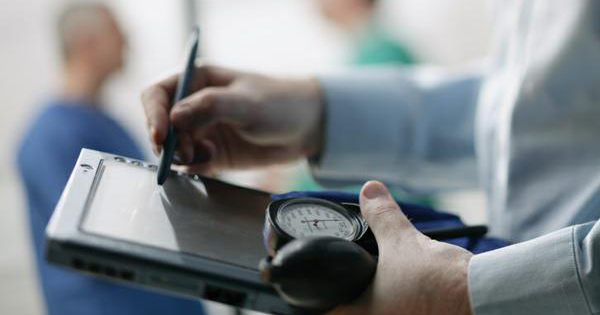How to Monitor Blood Pressure at Home
 High blood pressure is diagnosed when blood pressure is consistently equal to or greater than 140 mm Hg/90 mm Hg.
High blood pressure is diagnosed when blood pressure is consistently equal to or greater than 140 mm Hg/90 mm Hg.
According to the Centers for Disease Control and Prevention about 70 million adults are diagnosed with high blood pressure. This is equal to about 1 out of every 3 adults in this United States.
Blood pressure diagnosis is often based on clinic blood pressure readings. This is problematic due to a variety of factors resulting in inaccurate readings. Some factors that impact blood pressure accuracy include adequate rest period prior to blood pressure measurement, cuff size appropriate for arm circumference, and cuff deflation rate. Additional challenges to the clinic settings is whether or not the reading reflects the normal blood pressure level when outside the clinic setting. Many suffer from what is termed “white coat hypertension” where blood pressure rises in response to the medical environment.
Monitoring blood pressure at home is one step you can take to supplement clinic monitoring for a more complete representation of typical blood pressure levels.
A Joint Scientific Statement from the American Heart Association (AHA), American Society of Hypertension (ASH), and Preventive Cardiovascular Nurses Association (PCNA) encourages increased regular use of self-monitoring blood pressure for the majority of patients with hypertension to increase patients’ engagement and ability to manage their blood pressure, as well as enable the care team to provide appropriate and timely treatment.
Take these steps to monitor blood pressure at home:
Continue reading



